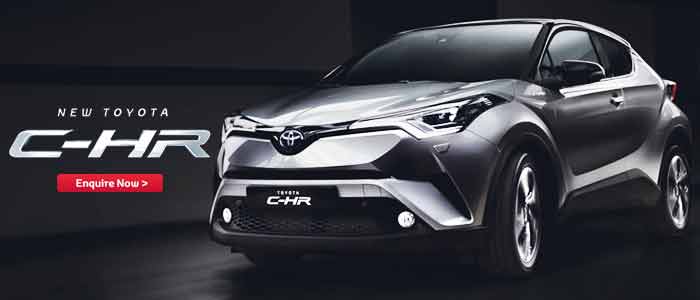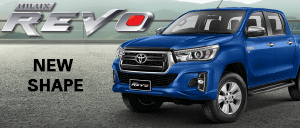The chilly winter brings different set problems for your vehicle. Bear in mind that transportation accidents are leading cause of death during winter especially in blizzards or storms. Prepare your vehicle for the winter to ensure driving safety and readiness to face any unforeseen situation.
- Ensure brakes, windshield wipers, defrosters, heaters and exhaust systems are in excellent running condition.
- Examine the antifreeze; keep it ready for the cold. Add special solvents to windshield washer reservoir to avoid icing.
- Make sure that the tires are correctly inflated and the tread is in a neat condition.
- Carry chains of appropriate size for your tires; ensure that they are in a working condition. Keep a flashlight and chain repair links at all times. Chains are to be installed on the drive wheels so be sure which wheels to chain; the front wheels or the rear.
- Also try to keep an ice scraper, a shovel, sand or burlap, first aid kit and an old towel just in case.
- It will prove to be a helpful idea to keep water, food, warm blankets and extra apparel. You will happy you had them if stuck in long delays.
- Always keep a spare key with you. Many drivers have locked themselves out while putting on chains etc.
- Trips to hilly or higher areas may take longer in winter than at any other times, this is due to the stormy conditions or icy roads. For this reason, plan an early start and plenty of time to reach your destination.
- Change routes or return from your journey if stuck in traffic or storm.
- Keep the windshield and windows clean. Use an ice scraper, car defroster and a cloth to keep windows and windshields fog free.
- In normal conditions, speeds of 50 miles an hour on the highway may be safe but in snowy or icy conditions it is like calling for trouble. Keep more distance from vehicles than usual and avoid sudden turns and brakes.
- Keep an eye out as visibility is compromised in winter by misty or foggy weather. Drive slowly and look out for other vehicles and obstructions.
- Although snow removing vehicles have proper lighting which can be seen from long distances; In stormy circumstances, the lights may not be visible. Be careful.
- If stuck, stay with your car and try to save fuel while maintaining warmth.



























